Skincare treatments continue to evolve, offering effective ways to improve skin health without surgery or lengthy downtime. One treatment that continues to grow in popularity...
Introduction to Ultrasound Fat Grafting
Ultrasound fat grafting is an advanced cosmetic procedure that allows surgeons to transfer fat from one part of the body to another while using ultrasound imaging to guide the process. This technology provides real-time visuals, allowing the surgeon to see exactly where fat is placed within the tissues. By having this direct view, the surgeon can ensure that fat is injected in the safest possible way, avoiding blood vessels and other critical structures.
In recent years there has been a growing demand for treatments that are both effective and minimally invasive. Patients want procedures that give natural results without the risks often associated with older methods. Ultrasound fat grafting meets these needs by combining the body’s own tissue with precise placement techniques to create long-lasting and harmonious results.
The use of ultrasound in modern cosmetic surgery has changed the way many procedures are carried out. In the case of fat grafting, it has allowed surgeons to perform the treatment with much greater confidence, reducing potential risks and improving the accuracy of results.
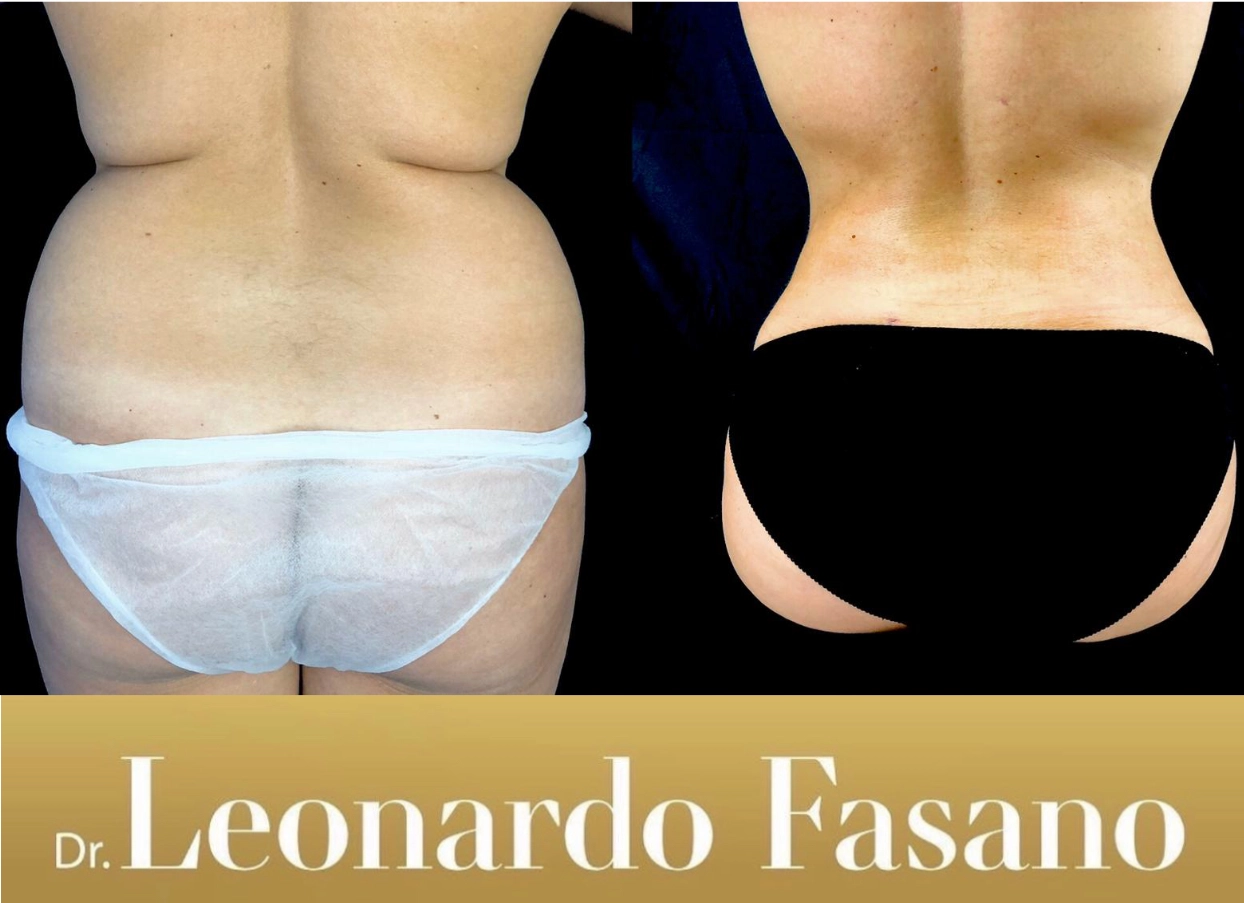 What Is Fat Grafting
What Is Fat Grafting
Fat grafting, also referred to as fat transfer or lipofilling, is a process in which fat is taken from an area of the body where it is not wanted and transferred to another area where volume is lacking. This technique is used both for aesthetic enhancement and for reconstructive purposes after injury or surgery.
In traditional fat grafting, the surgeon would rely on touch and knowledge of anatomy to place the fat. While this method has helped many patients over the years, it does carry some limitations. Because the surgeon cannot see under the skin, there is always a chance that fat could be injected into the wrong tissue layer or too close to a blood vessel. This can lead to complications such as uneven results or, in very rare cases, fat embolism.
Ultrasound-guided fat grafting was developed to overcome these challenges. The surgeon uses an ultrasound device to produce a live image of the area being treated. This means they can identify exactly where the cannula is at all times, ensuring the fat is placed evenly and in the safest tissue plane. The result is not only more accurate but often more long-lasting.
How the Procedure Works
The ultrasound fat grafting process follows several key stages. Each stage is important in achieving a successful and safe outcome.
1. Fat Harvesting
The first step is to remove fat from a donor area where it is in excess. Common donor sites include the abdomen, thighs, flanks, or hips. This is done using a gentle form of liposuction, which removes fat without damaging the delicate fat cells. These cells need to remain healthy for them to survive after being transferred.
2. Fat Purification
Once the fat has been collected, it is carefully purified. This step involves removing any excess fluids, blood, or oils from the harvested material. The aim is to leave only the most viable fat cells for reinjection. This preparation is vital for achieving good long-term results.
3. Ultrasound-Guided Injection
The purified fat is then reintroduced into the target area using a special cannula. While the injection is taking place, the surgeon monitors the process on a screen using ultrasound imaging. This enables them to see exactly where the cannula is positioned and where the fat is being deposited. By doing so, they can ensure that the fat is placed evenly and avoid any dangerous zones.
4. Target Areas
Ultrasound fat grafting can be used in several parts of the body:
- Face: Restoring youthful volume to cheeks, temples, under-eye hollows, and jawline.
- Breasts: Providing natural enhancement or helping with reconstruction after surgery.
- Buttocks: Used as a safer method for buttock augmentation, often known as a Brazilian Butt Lift.
- Hands: Smoothing visible tendons and veins to create a more youthful appearance.
Benefits of Ultrasound Fat Grafting
Ultrasound-guided fat grafting offers a number of significant benefits over the traditional method.
- Greater accuracy: By using real-time imaging, the surgeon can place fat precisely to the treatment area. This improves the symmetry and contour of the treated area and helps achieve a more natural appearance.
- Lower risk of complications: Ultrasound imaging allows the surgeon to identify and avoid blood vessels, muscles, and other structures. This reduces the chance of fat entering the bloodstream, which is the primary cause of serious complications in fat transfer procedures.
- Natural and lasting results: Because the procedure uses the patient’s own fat, there is no risk of allergic reaction. The transferred fat integrates with the surrounding tissues, often giving results that feel and look completely natural. When placed correctly, a high percentage of the fat survives long-term.
- Minimally invasive recovery: Patients usually find the recovery period easier compared to more invasive surgical procedures. Most people are able to return to light daily activities within a week, depending on the area treated.
Risks and Considerations
While ultrasound fat grafting is safer than traditional methods, no cosmetic procedure is entirely risk-free. Common side effects include swelling, bruising, tenderness, and temporary numbness. These usually resolve within a few weeks.
There is also the possibility that some of the transferred fat will not survive. This is a normal part of the healing process, and in some cases, a second session may be advisable to achieve the desired result.
The best candidates for ultrasound fat grafting are people who:
- Are in good general health.
- Have realistic expectations.
- Have enough excess fat for harvesting.
- Do not smoke, or are willing to stop before and after surgery.
Choosing a surgeon with extensive experience and who has proven expertise in ultrasound-guided techniques is the most effective way to minimise risks and ensure a good outcome.
Ultrasound vs Traditional Fat Grafting
The difference between ultrasound-guided fat grafting and the traditional approach lies in visibility and safety. In the traditional method, fat placement relies on the surgeon’s experience and feel, without any visual confirmation. With ultrasound guidance, the surgeon can clearly see the cannula’s position and the distribution of fat in real time.
This increased control helps to avoid dangerous injection zones, particularly in the buttocks where there is a higher risk of complications if fat is placed too deeply. It also helps to achieve more even distribution, which can improve both the look and the longevity of the results.
Preparing for Your Procedure
Preparation is an important part of achieving the best possible results. Your journey begins with a consultation. During this meeting, your surgeon will discuss your goals, review your medical history, and assess whether you are a suitable candidate for the procedure.
Before your treatment, we may advise you to:
- Avoid smoking for several weeks.
- Stop taking certain medications such as blood thinners.
- Maintain a stable weight.
On the day of the procedure, you will receive either local anaesthesia with sedation or general anaesthesia, depending on the treatment area and the extent of fat transfer.
 Recovery and Aftercare
Recovery and Aftercare
Most patients are able to go home the same day. We may advise you to wear compression garments over the donor areas to reduce swelling and help the skin retract. Mild discomfort is normal and you can manage this with prescribed pain relief.
The majority of swelling will settle within one to two weeks, although it may take several months for the final results to become visible. This is because the transferred fat needs time to establish a blood supply and fully integrate with the surrounding tissues.
To maintain your results, it is important to follow a healthy lifestyle, as significant weight changes can affect both the donor and treated areas.
Frequently Asked Questions
How much does ultrasound fat grafting cost?
The price varies depending on the treatment area and the complexity of the procedure. You will receive a personalised quotation during your consultation.
Is the procedure painful?
Most patients experience only mild discomfort after surgery. You can manage this with medication.
How long do results last?
When performed correctly, many patients enjoy results that last for many years. You may reabsorb a small amount of fat over time.
Can this procedure be performed on men?
Yes. Men often choose ultrasound fat grafting for facial rejuvenation or body contouring.
 Why Choose Dr Fasano
Why Choose Dr Fasano
Dr Fasano is a highly qualified and experienced cosmetic surgeon with specialist training in ultrasound-guided fat transfer techniques. He combines advanced medical skill with an artistic eye to create results that look natural and harmonious.
Safety is always a top priority. We undertake every procedure using the latest technology and in accordance with the highest medical standards. Each treatment is specific to the individual, ensuring that your goals are clear and your results are unique to you.
Book a Consultation in London or Birmingham
Dr Fasano offers consultations in both central London and Birmingham city centre. During your consultation, you will receive a full assessment, and have the chance to ask any questions. We’ll also tailor a recovery program specific to your needs.
Whether you are looking for subtle facial rejuvenation, a natural breast enhancement, or a safer approach to buttock augmentation, your journey begins with an expert opinion.
Contact Dr Fasano’s team today to book your appointment and take the first step towards achieving your aesthetic goals.
Recap
Ultrasound fat grafting is a major advancement in the field of cosmetic surgery. By combining the proven benefits of fat transfer with the precision of ultrasound guidance, it delivers safer, more accurate, and more predictable results. This approach is ideal for anyone looking for natural enhancement with reduced risks and minimal downtime.
For the best outcomes, choose a surgeon with the skills, experience, and technology to perform this procedure to the highest standard. Dr Fasano offers exactly that, making him an excellent choice for patients seeking ultrasound fat grafting in London or Birmingham.
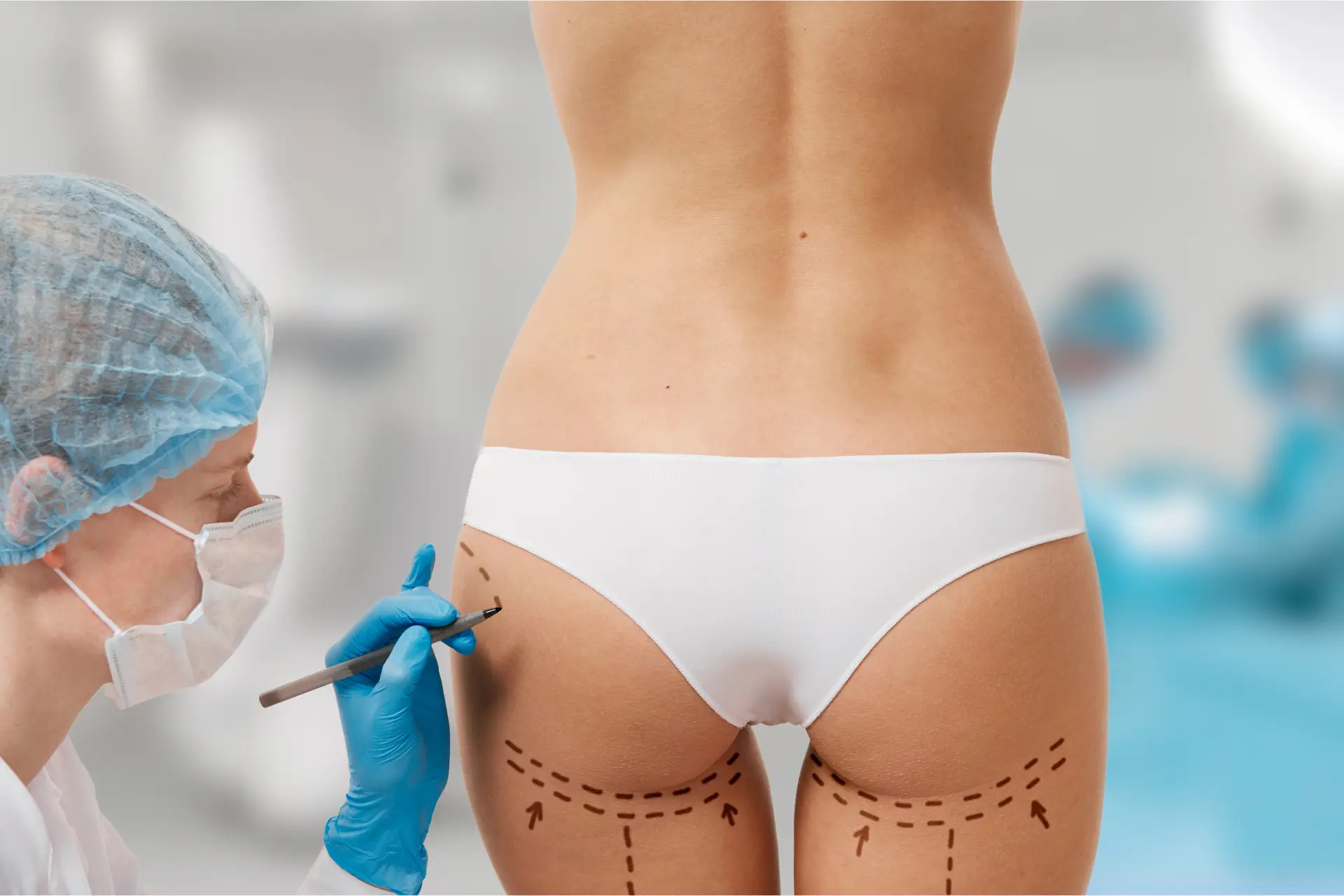
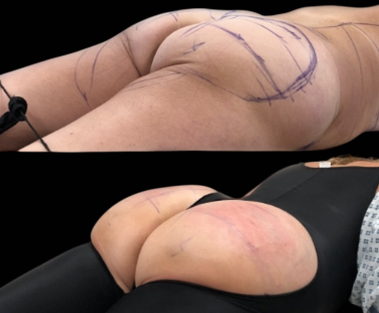
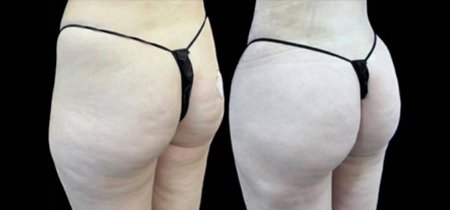
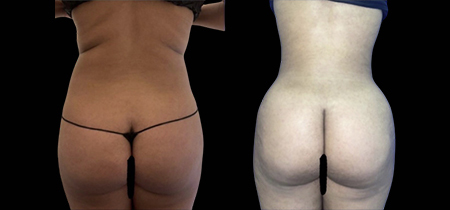 Recovery and Aftercare
Recovery and Aftercare Why Choose Dr Fasano
Why Choose Dr Fasano

